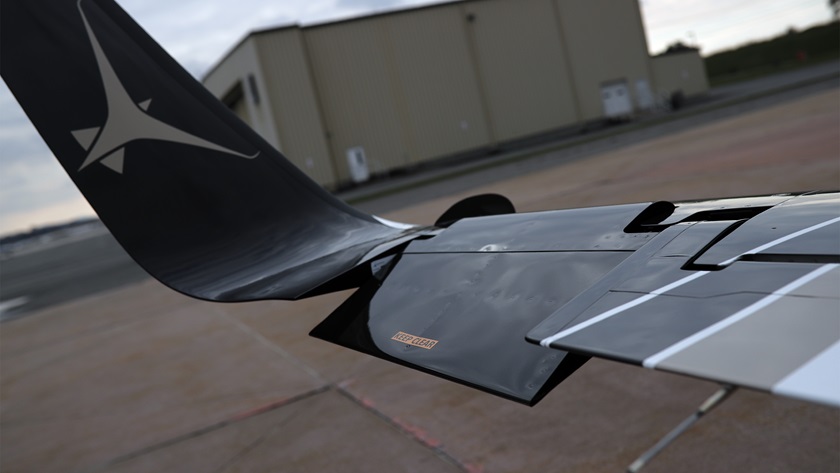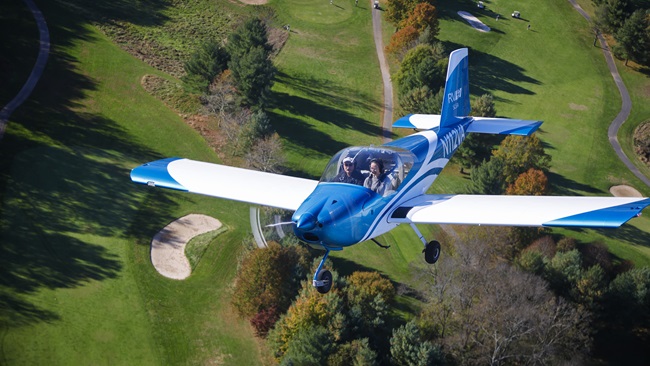Tamarack bankruptcy plan approved
Active winglet maker works to exit Chapter 11
Tamarack Aerospace Group’s plan to emerge from Chapter 11 bankruptcy protection was approved by a federal judge March 2. Company officials are upbeat.

The maker of active winglet retrofits that increase the efficiency of turbine aircraft filed for Chapter 11 bankruptcy in June 2019, months after aviation regulators in Europe and the FAA each issued airworthiness directives grounding aircraft equipped with Tamarack’s active technology load alleviation system (ATLAS) winglets.
A March 17 news release from the Sandpoint, Idaho-based company was focused entirely on the future, and the company’s approved plan to emerge from bankruptcy with all creditors paid in full and shareholders intact.
“We continue to make significant progress in the reorganization as well as our general growth. We have made a number of strategic changes to the business which have made us more resilient,” said Tamarack Aerospace Group President Jacob Klinginsmith, in the news release. “Entering the voluntary bankruptcy was a difficult choice, but in the end it has made us an even stronger company.”
Tamarack noted that sales and production have continued during the bankruptcy process, and the number of ATLAS installations reached 100 in February.
The ATLAS uses a small control surface mounted on the wing (that is controlled by a computer) to automatically offset excess wing loads that would otherwise be created by the vertical winglets during certain maneuvers. The structural reinforcement required for a traditional winglet retrofit adds weight that offsets much of the winglet’s benefit.
“Our customers continue to be our biggest supporters and advocates when it comes to the performance and safety of the active winglets,” Tamarack CEO Nick Guida said in the news release. “They see the ROI quickly through better aircraft valuation, fuel savings and improved safety, utility and comfort. In fact, many choose the winglets simply for the improved safety margin.”
Guida continued: “Now with well over 20,000 flight hours across our fleet, the fuel savings and emission reduction are significant. It feels good to see this technology having a positive impact in the marketplace, industry and environment.”


